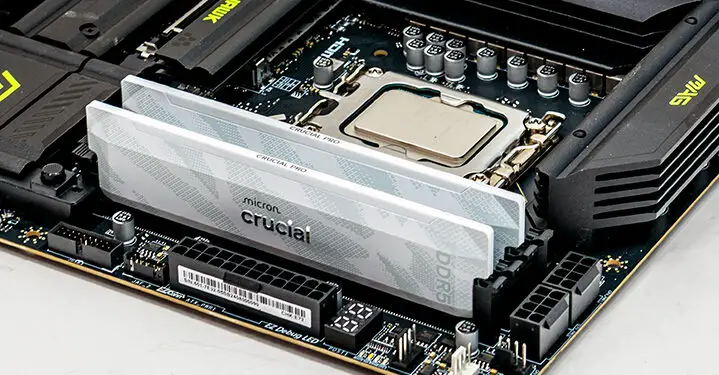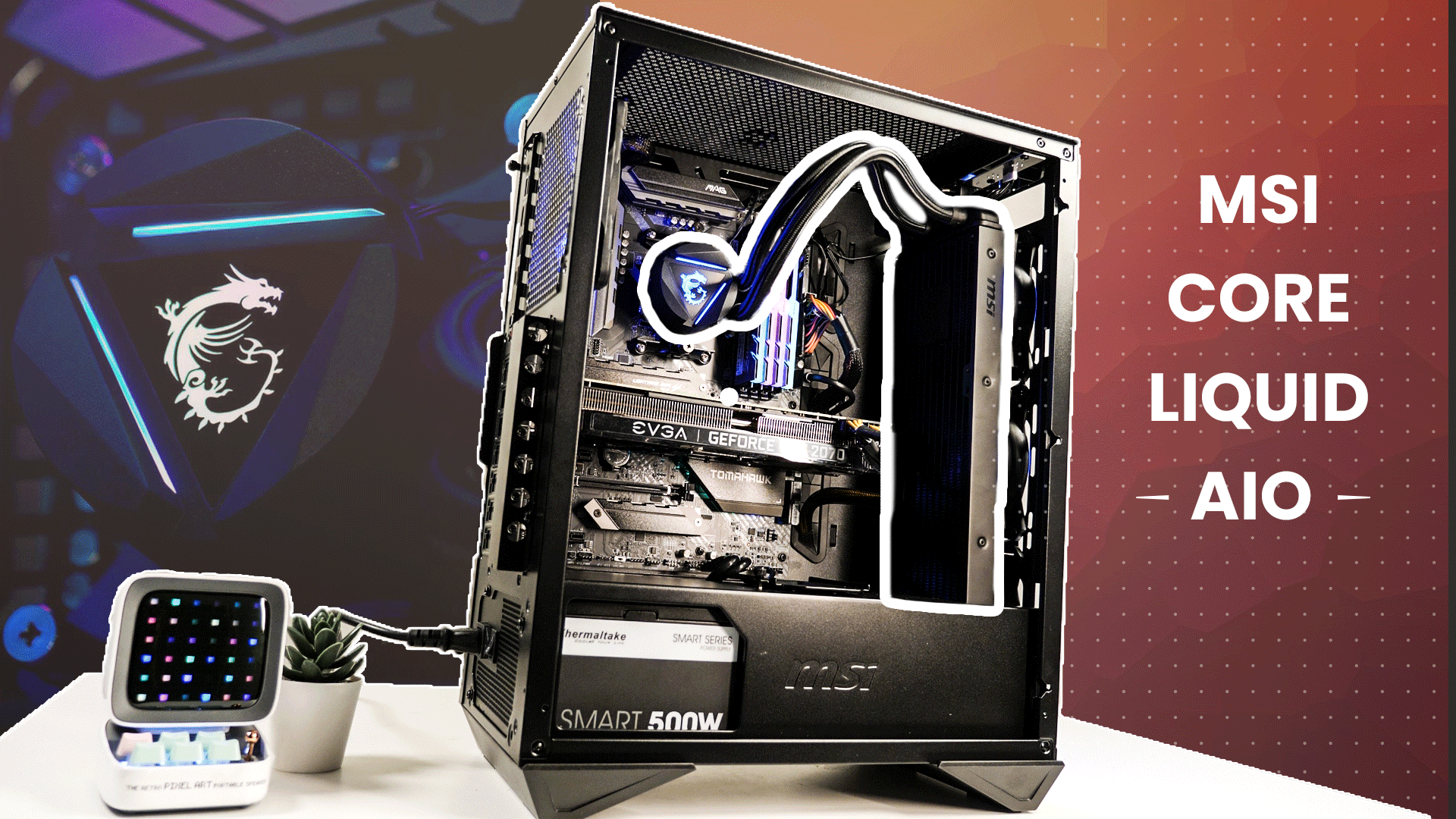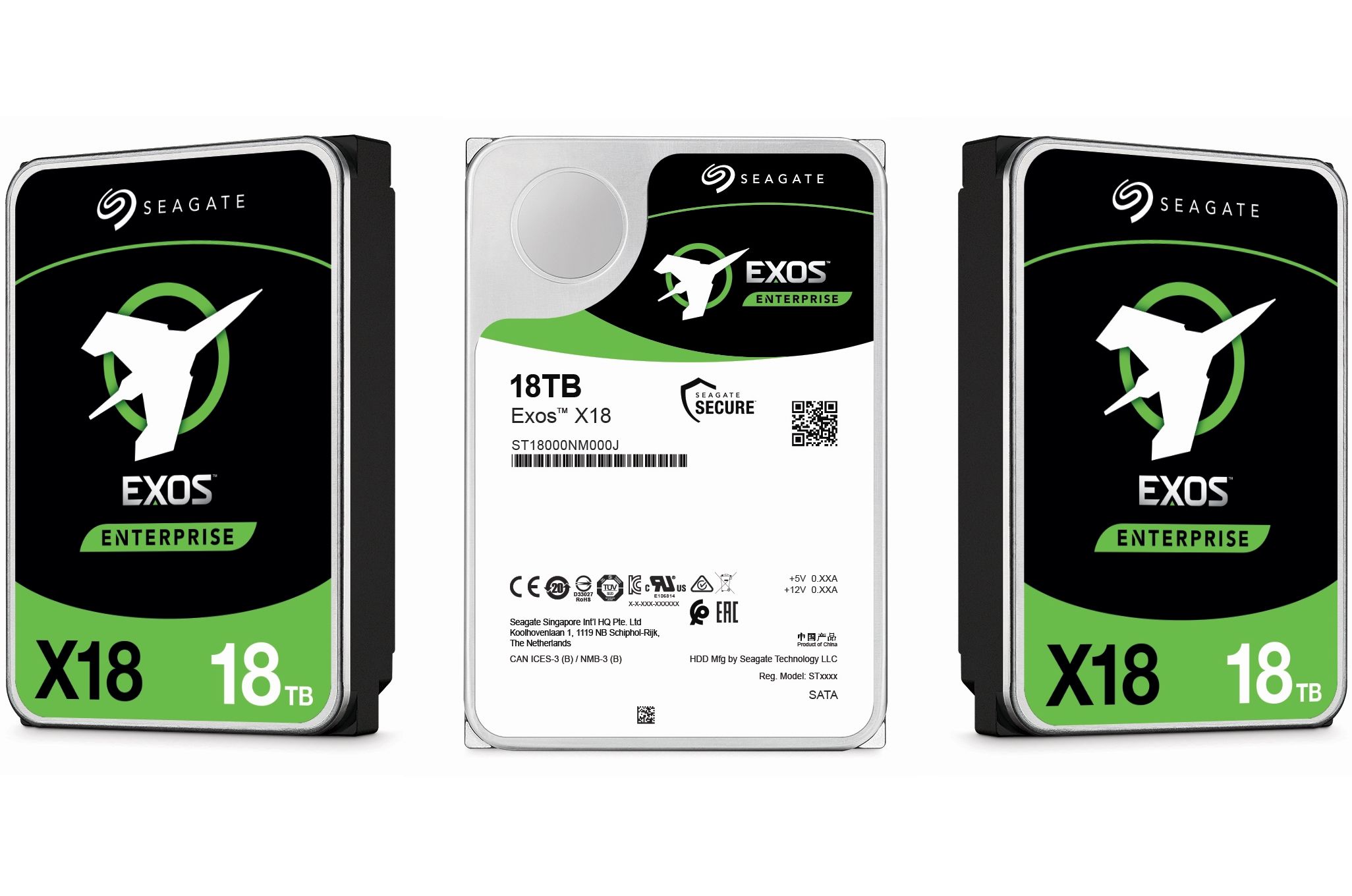The reasons to purchase a high-performance RAM kit are as varied as the consumers who buy them. For some, application load time is the deciding factor in their purchasing decision. For others, it is virtualized operating system performance or game load times. For still others, it is to shave 0.1 of a second off their synthetic test scores to climb ever higher in the online rankings hosted by various sites.
With such a wide variety of criteria, it is incumbent upon us to use as wide and varied a list of testing protocols as possible. As such, we have used a blend of synthetic and real-world benchmarks, as well as custom real-world game benchmarking. The OS was a fresh, clean install of Windows 11 with all the latest hotfixes, patches, and updates applied.
To show the performance differences, we have tested at numerous frequency settings and timings. All tests were run four times, and the average results are represented.
For overclocking, we do not overclock the CPU; rather, only the RAM is overclocked to show the performance gains that the RAM will deliver to consumers. Unless otherwise noted, to ensure that any overclock we achieve is realistic, we also limit voltage to at most 1.45 volts (DDR4) or 1.4 volts (DDR5). Anything above this
Intel Test System
Processor: Intel Core Ultra 9 285K
Memory: Review Kit(s)
Motherboard: MSI MAG Z90 Tomahawk WIFI
Cooling: Arctic Liquid Freezer III 420 w/ 3 fans
SSD: 1x Crucial MX500 1TB
Power Supply: Corsair AX860i
Video Cards: ASUS TUF GeForce RTX 3090Ti
OS: Windows 11
AMD Test System
Processor: : AMD Ryzen 9 9950X
Memory: Review Kit(s)
Motherboard: MSI MPG X870E CARBON WIFI
Cooling: Arctic Liquid Freezer III 420 w/ 3 fans
SSD: 1x Crucial MX500 1TB
Power Supply: Corsair AX860i
Video Cards: ASUS TUF GeForce RTX 3090Ti
OS: Windows 11
Special thanks to Arctic for their support and for providing the Arctic Liquid Freezer III 420 A-RGB White edition – it is a beast and makes things so much easier.










